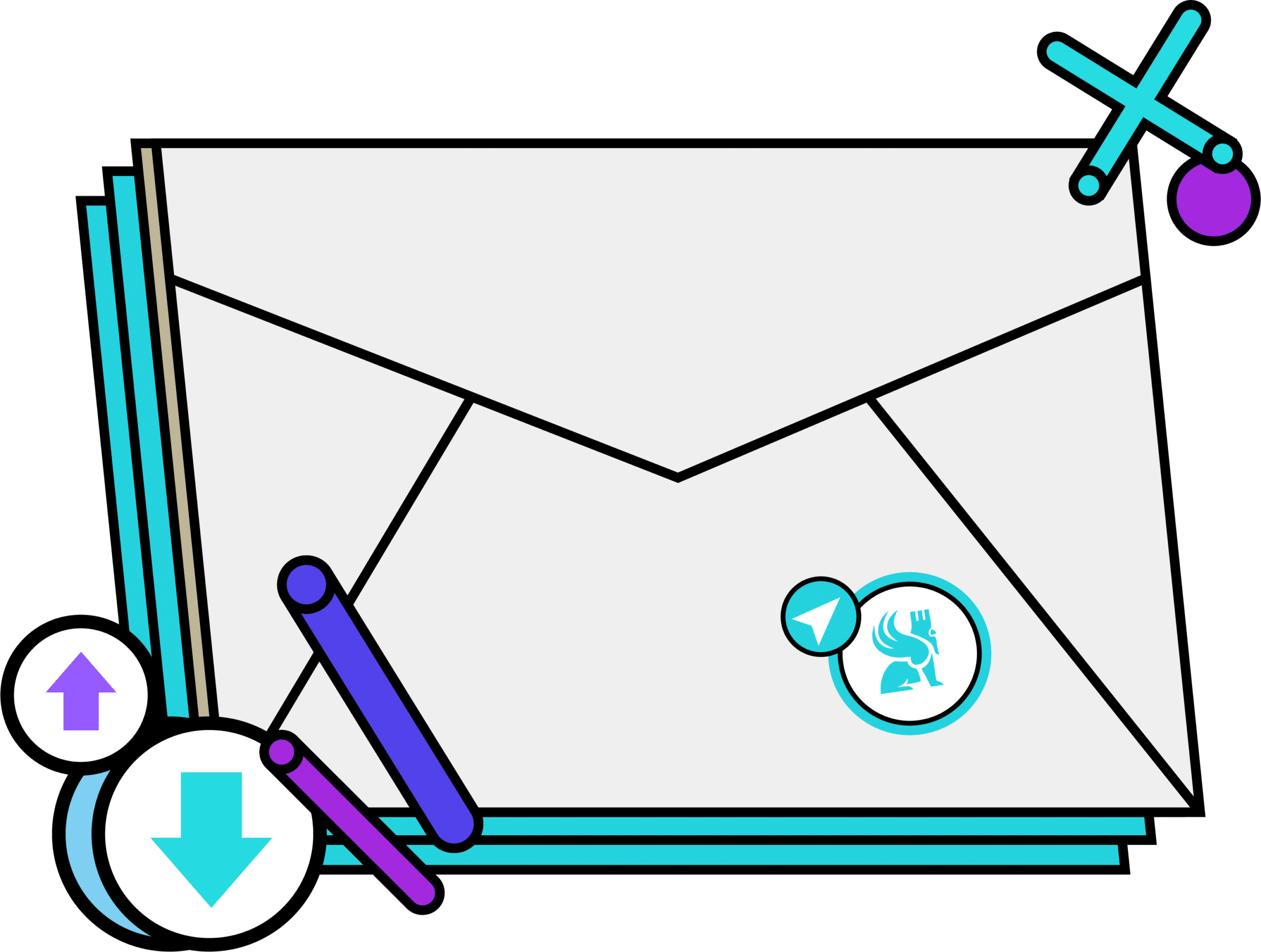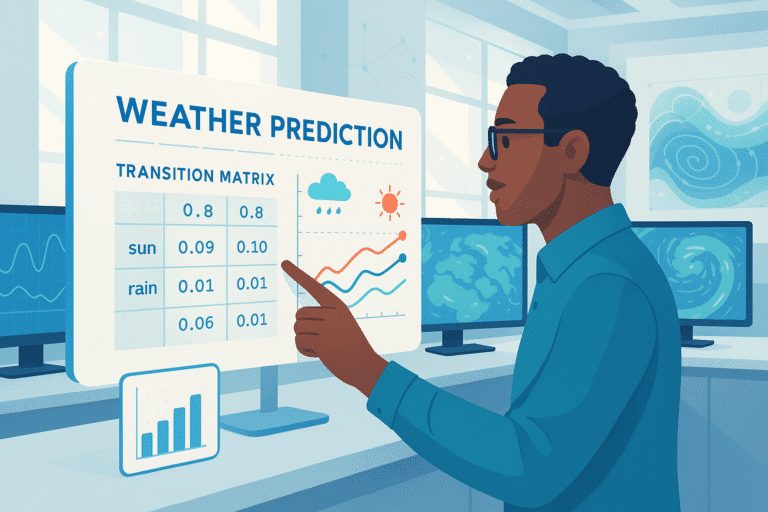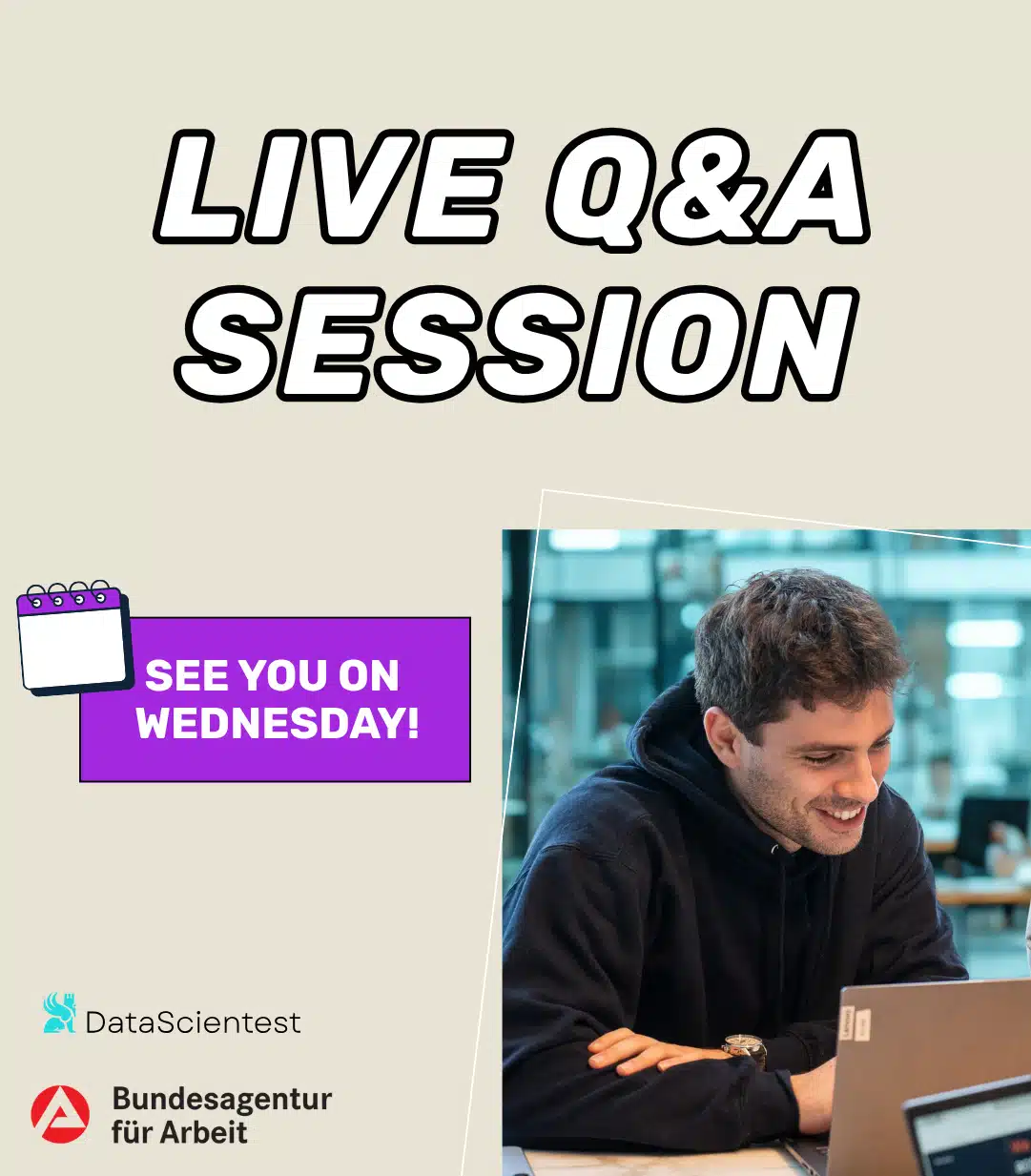If language models like GPT have heralded the age of self-service artificial intelligence through applications such as ChatGPT or Midjourney, AI agents represent the next leap forward. Now, AI not only provides answers to our queries, but it’s also capable of completing complex tasks in an intelligent and determined manner…
While some were amazed by the rise of generative AIs like ChatGPT, this was merely a preliminary step. The true breakthrough lies in AI agents. Some view them as the most significant technological development since the inception of the smartphone. Indeed, we are dealing with a technology that has the potential to fundamentally reshape our approach to work, information, and productivity.
In contrast to traditional generative AIs, which wait for your directions, AI agents are crafted to operate autonomously, carry out numerous complex tasks, engage with various digital tools, and even make decisions based on established goals.
Imagine a virtual assistant that doesn’t just draft an email, but also checks your availability, contacts the other party, schedules the meeting, and prepares a summary based on shared documents. It’s this level of autonomy and initiative that marks a pivotal evolution.
AI agents are no longer mere tools: they are digital partners capable of executing entire workflows proactively. This silent revolution is a very real phenomenon that could redefine entire sectors of our workforce in the upcoming months.
The difference between an AI agent and a generative AI
We might liken conversational artificial intelligences like ChatGPT or Claude to desktop computers. With their software, a computer can perform extensive thought processes and computations and deliver the outcome of these analyses. Ultimately, the computer provides us with a more or less detailed answer or result. This answer appears on the computer screen, and it’s up to us to use it effectively. For a generated recipe, it’s up to us to execute it.
AI agents, conversely, are comparable to robots or even a servant. When given an instruction like “mow the lawn,” a Husqvarna robotic mower will carry out the task it’s been instructed to perform. The same applies when a gardener receives this instruction.

AI agents fit into a similar category: they interact with the environment and perform actions.
Frequently, their activity involves scouring the Web to find data beneficial to us, facilitating optimal use. From there, they utilize the results of their analysis to accomplish something specific:
- create a to-do list,
- post a tweet,
- send a series of emails,
- create a blog post,
- respond to a LinkedIn post,
- reserve a table for 8 at a restaurant,
- schedule a ride with Uber,
- make an actual purchase of a specified volume of a stock,
- etc.
In essence, an AI agent doesn’t merely determine the best way to accomplish a task, it actually does it.
Major steps followed by an AI agent
1. Understand the need expressed by the user
Once it receives its instructions, the AI agent analyzes them to ensure it understands the request. It’s vital to provide it with the most comprehensive queries possible and to consider various factors, ideally including what the AI agent should do if things do not go as planned.
2. Determine a strategy
Based on its understanding of the task at hand, the agent formulates a detailed action plan. It often shares this strategy with you to garner approval before proceeding.
3. Ensuring the desired result is achieved
Thereafter, the AI agent commits to performing the mission it’s assigned, no matter the challenges. For instance, some sites might resist exploration by an AI agent. Typically, upon encountering an obstacle, the AI agent explores alternative methods to achieve its goals.

4. Refine strategies
The hallmark of an advanced AI agent is its continuous learning capability. Once you assign it a task it has previously undertaken, it employs tried-and-tested strategies while also adapting to any changes in the environment in which it operates.
Ideally, an AI agent never functions in a fixed manner. If the context shifts, it won’t mindlessly repeat the same actions but will seek out new approaches suitable for the current situation. It also incorporates your feedback. Are you satisfied with how it executed its mission? Are there areas for improvement?
How do AI agents work?
The primary AI agent creation systems include Claude Computer, Manus, ReAct, AutoGPT…
AI agents generally rely on large language models (LLM) like GPT-4.5 by OpenAI, Gemini 2.0 by Google, Llama 2 by Meta, Claude 3.5 by Anthropic, Mistral 8×22 by Mistral AI.
They leverage the intelligence inherent in such models, notably the ability to assess context and learn dynamically. They combine this analytical capacity with the ability to interact with various services or tools to achieve a given objective.
Examples of AI agent usage
Customized
The essential function of an AI agent is to perform a customized processing task, specifically tailored to a request at a particular time. For instance, it might be instructed to conduct a web search to deeply analyze the competitive landscape, identify new products that could threaten an existing catalog, and produce a succinct report with accompanying charts. Once this agent is developed and configured, it could even be set to run every morning.
Customer experience
Embedded within a website, an AI agent can address visitors’ inquiries 24/7. In principle, such a service must possess a high level of sophistication; otherwise, customers might quickly become frustrated with an AI that doesn’t seem to truly understand their requests.
Cybersecurity
AI agents can monitor traffic to detect unusual patterns or anomalies that may signal a security threat. If necessary, they can isolate devices or initiate protective measures.

Fraud detection
In the financial sector, AI agents can identify fraud patterns and either report them or automatically reject them.
Quote generation
Thanks to their ability to analyze vast amounts of data in real-time, AI agents can generate highly accurate quotes, provide benefits to loyal customers, etc. Once an order is confirmed, they can automate purchase order processing, invoicing, and actual payment.
Healthcare
AI agents can analyze medical images using image recognition algorithms to identify pathologies and generate a diagnosis. This analysis can include knowledge of the patient’s medical history.
Recommendations
The recommendation of articles has been a practice for over 20 years at Amazon and other online retailers. AI agent technology can elevate it to a new level, as an agent can interact with the site visitor, inquire about their exact search criteria, counter objections, etc.
Will they eliminate millions of jobs?
This possibility cannot be dismissed. Various studies from the United States have highlighted that AI could potentially automate up to 47% of existing jobs in the U.S. Among the sectors expected to experience the most impact are administrative tasks, data entry, and customer services. Advocates of the technology highlight that it has historically spurred the creation of numerous new jobs, akin to those related to online commerce following the advent of the Internet.
For now, the array of new professions remains relatively narrow. It covers activities such as AI agent designer, prompt engineer, AI agent trainer, Deepfake detector, and misleading content coordinator… It remains challenging to find sufficient roles to replace millions of jobs.
Are AI agents reliable?
Assigning important tasks, particularly at a corporate level, to an AI agent may seem somewhat risky. How can you be absolutely certain it has made the most appropriate decision? How can you ensure it hasn’t overlooked significant parameters?

It’s worth recognizing: there have been numerous cases where agents or artificial intelligence systems have made questionable decisions. For example, in 2018, Amazon deployed an agent to automate resume sorting, only to discover that the algorithm discriminated against female applicants. This wasn’t due to any malicious intent: the AI had been trained on Amazon’s internal data, a company historically dominated by male hires.
Likewise, in 2019, it was reported that the Apple Card algorithm granted higher credit limits to men than women, despite having similar financial profiles. Earlier, in 2016, Tesla’s Autopilot system mistakenly identified a white truck as the sky, resulting in the death of a passenger.
Several lessons can be gleaned from these past incidents. Firstly, the quality of the analytical data is essential. It is important in the request given to the AI agent to ensure it conducts the most exhaustive search possible. While the quality of the algorithm can play a significant role, with systems like Claude Computer or Manus, we are relatively assured of dealing with quality AI. However, one might prefer AI agent systems that elucidate their decision-making processes.
Furthermore, it would be judicious for tasks assigned to an AI agent to undergo regular human oversight, especially in scenarios involving trading. Lastly, it seems advisable that developments related to AI agents be regulated by trusted institutions overseeing the algorithms being developed.










